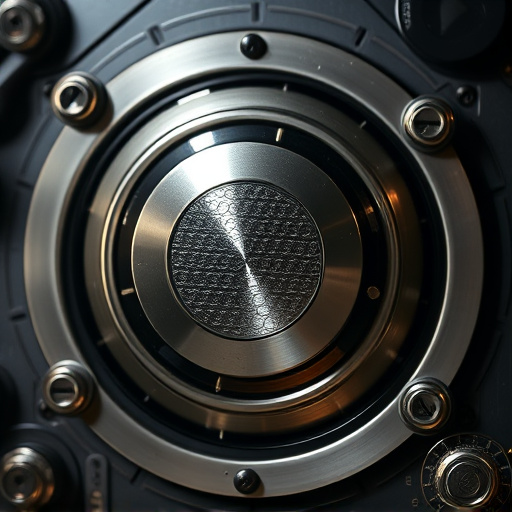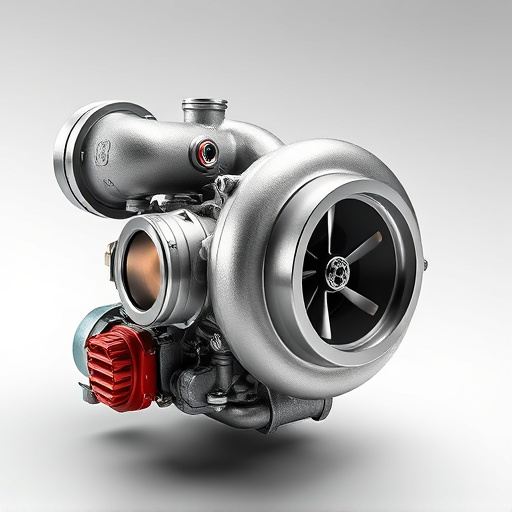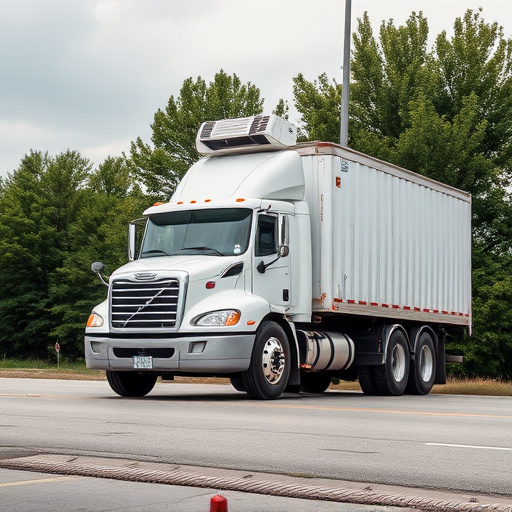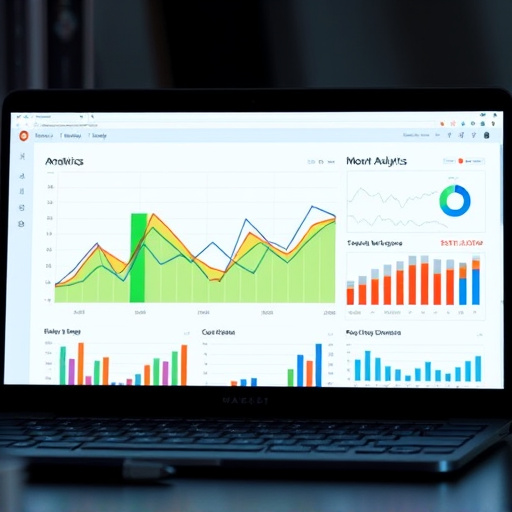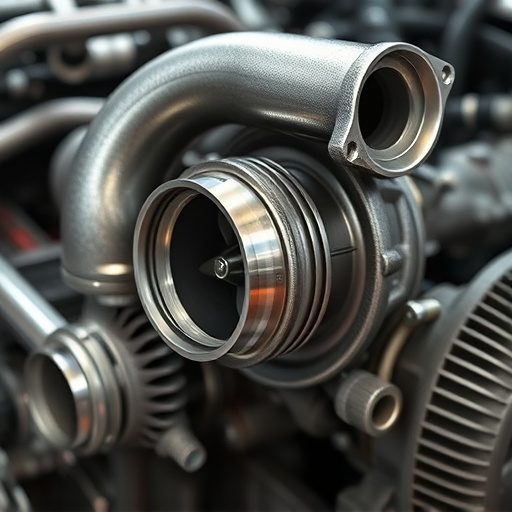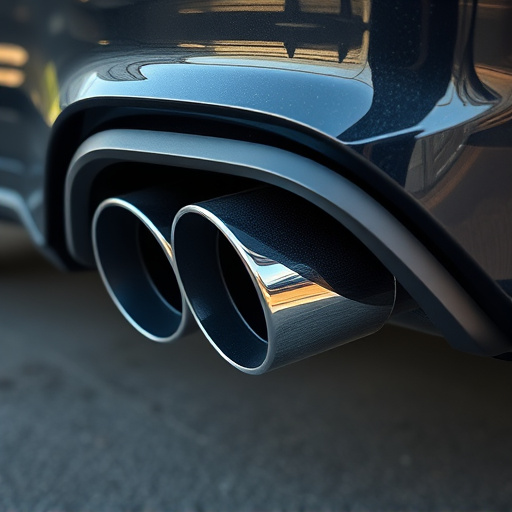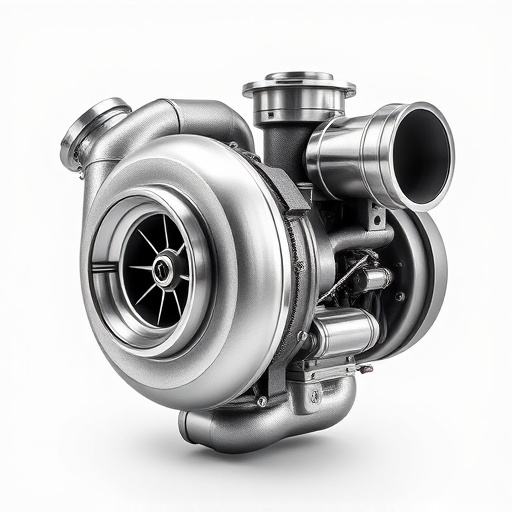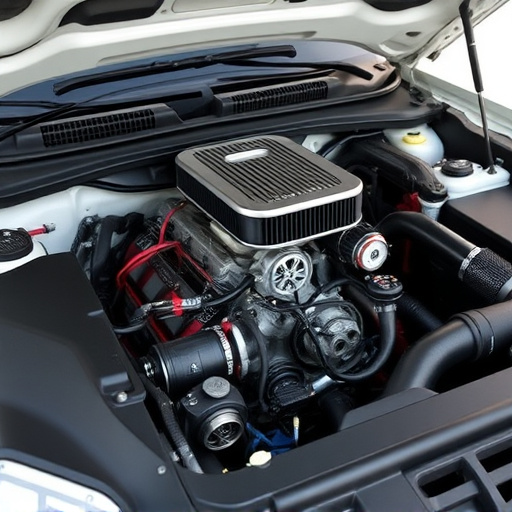After replacing a performance air filter, ensure secure installation and correct alignment for optimal engine performance. Visually inspect for gaps or misalignments. Verify airflow and pressure within the engine. Regularly check filters for contaminants or debris buildup to maintain vehicle health.
After replacing your performance air filter, ensure optimal engine health by troubleshooting any issues. Begin by checking if the filter is securely installed, as a loose fit can cause problems. Verify airflow and pressure levels; obstructed or incorrect installation may hinder airflow. Regularly inspect the filter for contaminants and debris buildup, which can reduce efficiency. By following these steps—from installation to maintenance—you can maintain peak performance air filter functionality and keep your vehicle running smoothly.
- Check for Proper Installation
- Verify Airflow and Pressure
- Inspect for Contaminants and Debris Buildup
Check for Proper Installation
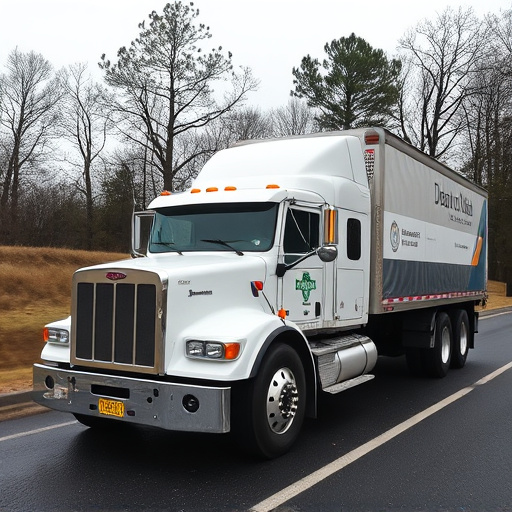
After replacing your air filter, one of the initial troubleshooting steps is to verify its proper installation. Check that the filter is securely fastened and seated correctly in the designated location. A poorly installed performance air filter can lead to inefficient airflow, compromising the engine’s performance and potentially causing further issues. Ensure all components are aligned as intended by the manufacturer, especially if you have a cold air intake or suspension kits, as incorrect positioning might block the air flow path.
Visual inspection is key; look for any visible gaps or misalignments around the filter housing. Proper installation ensures that your vehicle’s engine receives the required volume of clean air, enhancing overall performance and efficiency.
Verify Airflow and Pressure

After replacing your air filter, it’s crucial to verify the airflow and pressure within your vehicle’s engine. A high-quality performance air filter should allow for optimal air flow, ensuring that your engine receives the right amount of clean air for efficient combustion. Check if the engine’s intake feels strong and steady; this is a good indicator of proper airflow. Moreover, use a pressure gauge to measure the difference in pressure before and after the filter replacement. Any significant drop could suggest an issue with the new filter or other components like the mass air flow sensor.
In terms of performance upgrades, remember that a well-maintained engine, aided by top-tier filters, can complement other modifications such as coilover kits for enhanced handling, high-performance brakes for better stopping power, and exhaust mufflers for a more aggressive yet refined sound.
Inspect for Contaminants and Debris Buildup
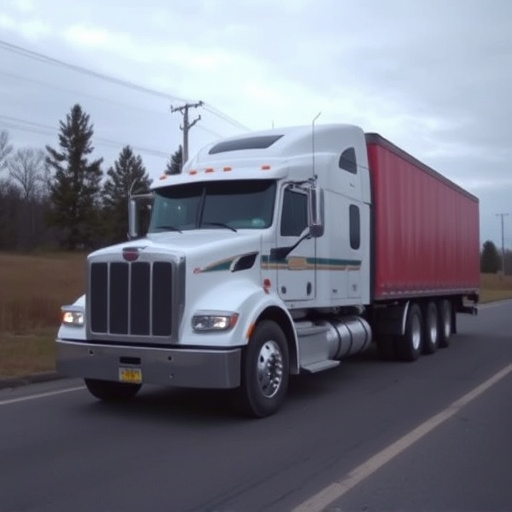
After replacing your performance air filter, one of the critical initial troubleshooting steps is meticulously inspecting it for any contaminants or debris buildup. This is essential because even a clean-looking filter can be clogged with dust, dirt, or other particles, affecting the airflow and potentially causing issues in your vehicle’s engine. Take a moment to thoroughly examine the filter; you might be surprised by what you find.
Pay close attention to the filter media, checking for any blockages or unusual accumulations. If there is significant buildup, it could impact not just the air filter but also other components like cold air intakes and suspension parts, especially if they are in direct proximity. Regularly cleaning or replacing filters as needed ensures optimal performance brakes and overall vehicle health.
After replacing your performance air filter, a thorough troubleshooting process ensures optimal engine health. By checking for proper installation, verifying airflow and pressure, and inspecting for contaminant buildup, you can identify and resolve any issues promptly. Regular maintenance of your air filter system not only enhances engine efficiency but also contributes to safer and more sustainable driving.



